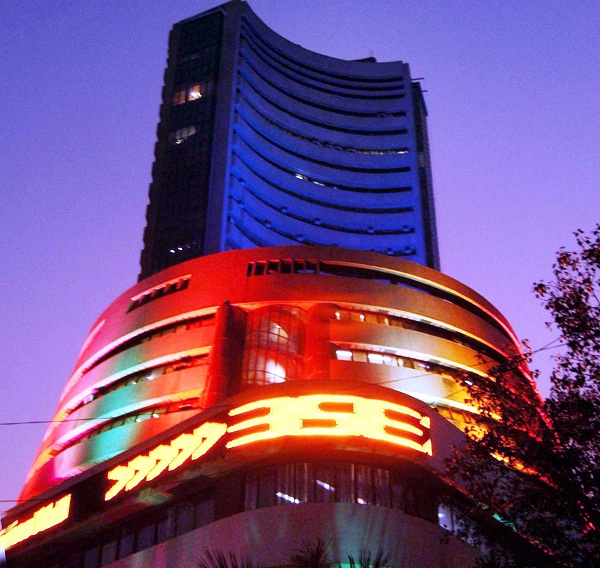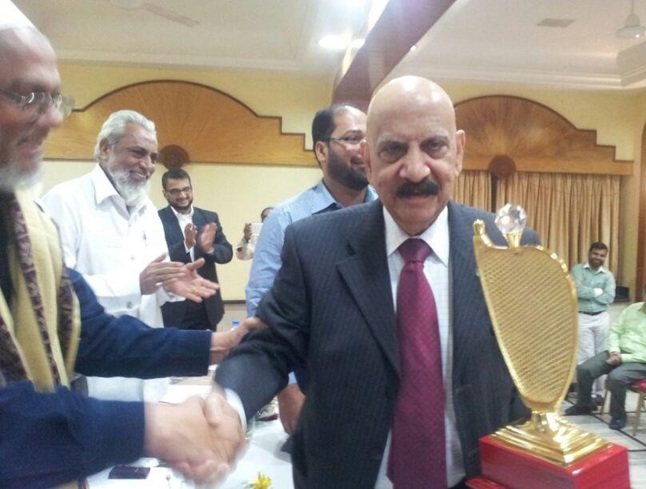ARUN KEJRIWAL
Calendar year 2022 has come to an end and one sentence that could possibly best describe it would be – it was a tough one.
The year had plenty for it and at the end of it all, financial markets were not necessarily flying. Indian benchmark indices continued their good showing and managed to gain for the seventh year in a row. The last time they ended the year with losses was in 2015 when they closed lower by about 4.25 per cent. This year they gained about 4.4 per cent.
The year began with what people thought would be a skirmish between Ukraine and Russia on February 24. It is getting close to 11 months now, and there seems no end to the same. This war saw disruptions of many kinds as Ukraine is the world’s largest supplier of wheat and food grains to many countries. It disrupted oil supply and sanctions on Russia and its retaliation saw Europe struggling with winter having set in as far as oil and gas is concerned.
2022 saw inflation hit the world economies and Central banks around the world whether it be the US FED, ECB, Bank of England and even RBI raise rates with one intent, to curb the ever-increasing inflation. US FED raised interest rates on four consecutive occasions of 75 basis points each besides three more hikes of 100 basis points total. The current rate band in the US is 4.25-4.5 per cent.
This is the highest rate in a very long time and has gone up from a band of 0-0.25 per cent a year ago.
In India, rates have gone up but significantly less than what has happened in the US. The repo rate is 6.25 per cent currently, against 4 per cent until April 22. The rise has been 225 basis points in eight months against 425 basis points hike in the US in 12 months.
Markets post the Ukraine aggression fell in March and then recovered. When things appeared to be going nowhere, they fell again and made lows in June. The low on the BSESENSEX was 50,921 points on June 17, while it was 15,183 on NIFTY. From there markets in India made a new lifetime high on December 1, on both intraday and closing basis. The intraday high on BSESENSEX was 63,583.07 while on a closing basis was 63,284.19 points.
On the NIFTY, the intraday high on the same day was at 18,887.60 points while on a closing basis was at 18,812.50. The year saw BSESENSEX gain 4.44 per cent while NIFTY gained 4.33 per cent. BANKNIFTY was the driving strength to our markets and gained 21.15 per cent. The resurrection of the public sector banks was the theme of the revival in the banking sector.
In 2023, expect OFS from the government as their holdings in almost all the public sector banks has crossed 75 per cent. They would be able to offload a part of their stake and reap money. The policy of infusing capital to recapitalise the banks has certainly paid rich dividends and the case study on this would make interesting reading in time to come.
Dow Jones failed to generate returns in the current year. It failed to do so in 2018 as well. Dow Jones has been under pressure and quite volatile. There is a lurking fear that the high inflation being witnessed could ensure that interest rates remain at elevated levels for a longer period of time.
Already there are some more rate hikes expected in 2023 and there could be stability and maybe some rate cuts in 2024. The fear of recession and stagflation is also there while no one wants to say so. Dow Jones closed with losses of 9.43 per cent. This is not so bad when compared with NASDAQ which lost a whopping 33.10 per cent. What is really surprising is the fact that NASDAQ is barely 3 per cent higher than the low of the year. Incidentally, this was made one day earlier on December 29 at 10,088 points.
A single point which makes me worried about the companies listed on NASDAQ is that of Apple which is a consumer company. Apple shares have lost over 26 per cent in the last year and are trading virtually at their 52-week low. The share closed at $129.93. If this is the condition of a consumer company, heaven help about technology based companies.
Let us look more closely at Indian markets. The primary market or IPOs as they are popularly known as, saw much fewer offerings in 2022 as compared to 2021. Prominently, the new age companies which seemed to dominate the market place in 2021 were missing. The likes of Paytm, Nykaa, Policybazaar, Car trade and Delhivery were missing.
Probably the markets have got wiser to the term, “Path to Profitability”, which was put forward to the management of these companies and no one seemed to get wiser. Probably covid was what got these issues their ridiculous valuation and saw their IPOs sale through. The last nine issues to tap the markets are all trading at prices lower than their issue price.
More surprisingly, eight of them closed below the issue price on day one itself while the ninth one managed to trade higher on the first two day before slipping.
One can be sure that the way investors have been trapped, the promoters of companies would find the going tough when new companies tap the capital markets. Questions are also being asked from mutual funds who apply for IPOs and sell on day one incurring losses. The motive behind such a subscription is being questioned and asked openly on various chat groups about the markets.
The focus of industry to be supported by capital markets is most welcome but the rationale of valuations at which markets trade and that asked from by new companies must be comparable. When merchant bankers under the guise of forward looking, hide valid questions about capacity utilisations, and do not give proper information, things boomerang. Hope wisdom and sanity dawn at the earliest.
Coming to 2023, the year would be even tougher than what we saw in 2022. While some relief for the common taxpayer may be expected in the ensuing budget as this would be the last full budget prior to the general elections in 2024, one never knows. In 2019, a full budget was presented.
Maybe the government has something up their sleeve. In the coming year, expect infrastructure to be the key sector where growth and expenditure would continue. The benefits of the same are visible and things are progressing on a rapid front. Cement would continue to be in demand and consolidation witnessed in 2022 would continue.
Manufacturing supported by various PLI schemes would be favoured and expected to do well. On the negative side, expect IT and commodities to face the brunt. Metal would be the favourite whipping boy of markets in both directions deciding on Chinese supply demand.
Indian markets have seen retail money continue to pour into the markets and this was demonstrated where it acted as a major support and counter balancing force as FIIs or FPIs sold aggressively. Inflows into mutual funds and SIPs were at record highs. The number of new demat accounts in the country continues to grow unabated.
While these are good signs and welcome for the country’s growth, valuations currently are a source of concern. With outperformance against global markets, we have become one of the most expensive markets in our space. We do need FII money and to attract the same at current valuations would be a tough ask.
India’s rural economy depends on agriculture and agriculture, on the monsoon. While things have been decent last year overall on the monsoon front, one is not sure about the same this year as yet. Climate change has seen strange occurrences which are worrisome and frightening. Take for example the recent snow found at Mount Abu in the middle of Rajasthan sounds like a story even today. Natural disasters like cyclones, storms and typhoons would keep the global markets on their toes.
One hopes that the end of conflict in Ukraine could be a big boost to global markets, as post reconciliation the reconstruction and restoration of a large country would bring huge development to the forefront.
In conclusion, 2023 would be a tough year for markets and making money would require skill sets and a lot of patience. Volatility would continue but the sharp swings witnessed on the outbreak of war may not help traders make their expected money.
Trade cautiously and preserve cash. There would be many rainy days and money on hand would be a saviour.






0 Comments